Savory and thyme

The names of these two plants are so similar that many people mistake them for the same thing. In fact, being close relatives and belonging to the same family - the Lamiaceae family, thyme and savory are still completely different plants. Both plants are rich in essential oils and have also been used for a long time as medicinal herbs and spices.
Content:
- Thyme. Types and varieties
- Savory. Spicy kondari
- Mention of savory and thyme in cooking
- Savory and thyme in history
- Savory and thyme in folk medicine
Savory and thyme are similar names. This is where their similarities end. The official names of these plants are completely different: thyme, or thyme and savory, or kondari.
Thyme. Types and varieties
A numerous genus of plants that came to us from the Mediterranean. All varieties thyme They are woody subshrubs with gently sloping stems, often lying on the ground.
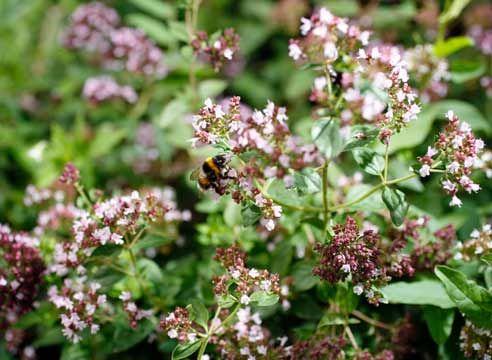
Flowering shoots have a herbaceous structure. The flowers are endowed with a unique, quite strong aroma. The plant is considered an excellent honey plant. There are more than a hundred types of thyme, but the most common are two varieties:
- Common thyme;
- Creeping thyme.
Creeping thyme is called "Bogorodskaya grass", but it is best known as thyme. It is a low-growing subshrub with shoots creeping along the ground.
Peduncles rise vertically upward. In places of contact with the ground, the shoots take root, giving life to new thyme bushes. The leaves are small, elliptical in shape.The flowers are small, collected in an inflorescence “head” of bright pink or purple color with a strong characteristic aroma.
Creeping thyme, or thyme, has a wide geography. It grows on dry sandstones of the steppe zones of Asia, Europe and North America. The species is polymorphic, having many varieties, but it is the one that is used for medicinal purposes.
Savory. Spicy kondari
An annual shrub that unites several dozen species of this plant under its name. He is also a native of Mediterranean countries. In many countries, garden savory is grown as a spice and medicinal plant.
Kondari does not exceed 30 cm in height with an erect stem branched from the base. The leaves are small, lanceolate-shaped. The flowers, a soft pink or lavender hue with a small purple spot at the core of the corolla, are collected 4-5 in axillary whorls, forming a small oblong inflorescence. The seeds are about 1 mm in diameter, ovoid, brown in color.
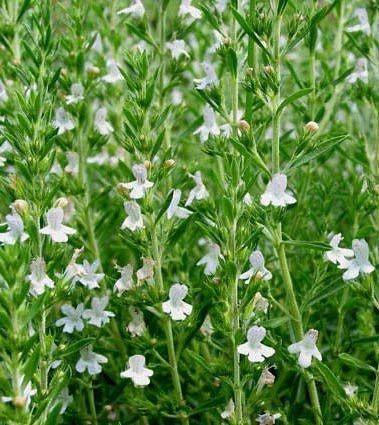
In the wild, this plant can only be found in Southern Europe on the rocky slopes of old mountain formations. In the regions of Crimea, the Caucasus and Central Asia, savory is found in a wild form, like a weed.
Mention of savory and thyme in cooking
The secrets of using garden savory as a culinary plant were known back in Ancient Greece. Thyme traces its culinary history back to the times of Ancient Egypt. According to chronicles, both plants came to Europe at the turn of the 9th century, thanks to wandering monks. Since then, they have been grown and consumed as a spice and as a medicinal plant.
Savory and thyme in history
In surviving medieval medical writings, thyme was included in aromatic compounds and mixtures intended for embalming crowned heads. In particular, thyme was credited with magical properties to uplift the spirit and strengthen the will of a person. According to legend, these qualities were given to those who ate the plant or wore it in their chest bags.
In ancient Russian herbalists (medical treatises), the use of savory and thyme is mentioned as an antidote for the bite of poisonous insects, as well as for the treatment of many diseases. They were credited with the properties of strengthening the stomach, relieving pain in the head and heart, strengthening vision and appetite, and relieving ringing and tinnitus.
Kondari and thyme were widely used in everyday life and at home. They fumigated calving cows and milk jugs to avoid milk fermentation; for a successful hunt - fishing and hunting gear. Bogorodsk grass and the Peter's cross plant were sewn into amulet, forming a talisman against the evil spirit.
Savory and thyme in folk medicine
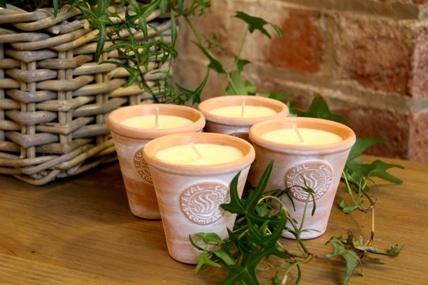
Popularity of plants by application in folk medicine was incredibly large. Herbal infusions were used as expectorants, antibacterial and antispasmodic agents. All kinds of thyme and savory were included in many medicinal preparations. Their use consisted of external use of compresses and baths of infusions, as well as in the form of pads of steamed herbs.
At the present stage, thyme and kondari are part of the official pharmacopoeia of medicinal plants in many countries.
A few words in conclusion. Today, thyme and thyme are successfully grown not only in gardens and household plots.They are also cultivated for industrial and culinary needs. Both plants are in great demand in Western countries. Fresh leaves of the plant are used as a spice or in mixtures and hot sauces added to meat and fatty dishes.
Creeping thyme and garden savory are widely used in floriculture as ground cover material. With continuous plantings, plants form a colorful thick carpet. They are planted in rock gardens and carpet beds. The plantings form beautiful borders.

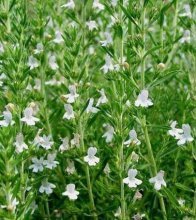

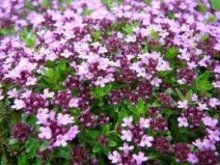
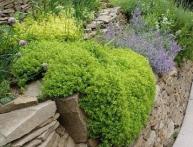
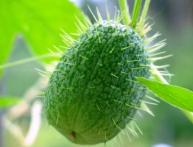
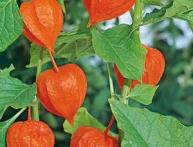
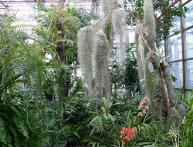

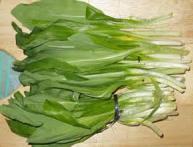

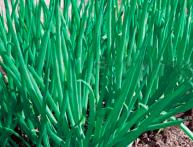
Comments
I collect thyme in the forest when it’s in season, it’s a very useful plant, tea with thyme is good for coughs for children. But I didn’t know what could be grown on the plot, it’s even interesting, I definitely want to try it!
I also thought that savory and thyme were the same thing. I have never encountered savory, but I know thyme well: it makes very tasty tea, as well as delicious baked chicken (it must first be stuffed with thyme sprigs and left in the refrigerator for a day).